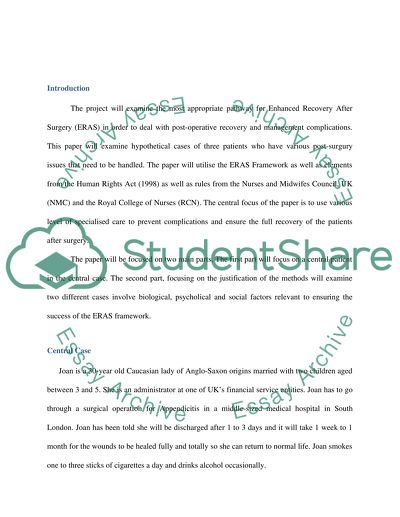Cite this document
(“Enhanced recovery after surgery (ERAS) PATHWAY (NURSING PATHWAY) Essay - 1”, n.d.)
Retrieved from https://studentshare.org/miscellaneous/1652975-enhanced-recovery-after-surgery-eras-pathway-nursing-pathway
Retrieved from https://studentshare.org/miscellaneous/1652975-enhanced-recovery-after-surgery-eras-pathway-nursing-pathway
(Enhanced Recovery After Surgery (ERAS) PATHWAY (NURSING PATHWAY) Essay - 1)
https://studentshare.org/miscellaneous/1652975-enhanced-recovery-after-surgery-eras-pathway-nursing-pathway.
https://studentshare.org/miscellaneous/1652975-enhanced-recovery-after-surgery-eras-pathway-nursing-pathway.
“Enhanced Recovery After Surgery (ERAS) PATHWAY (NURSING PATHWAY) Essay - 1”, n.d. https://studentshare.org/miscellaneous/1652975-enhanced-recovery-after-surgery-eras-pathway-nursing-pathway.


